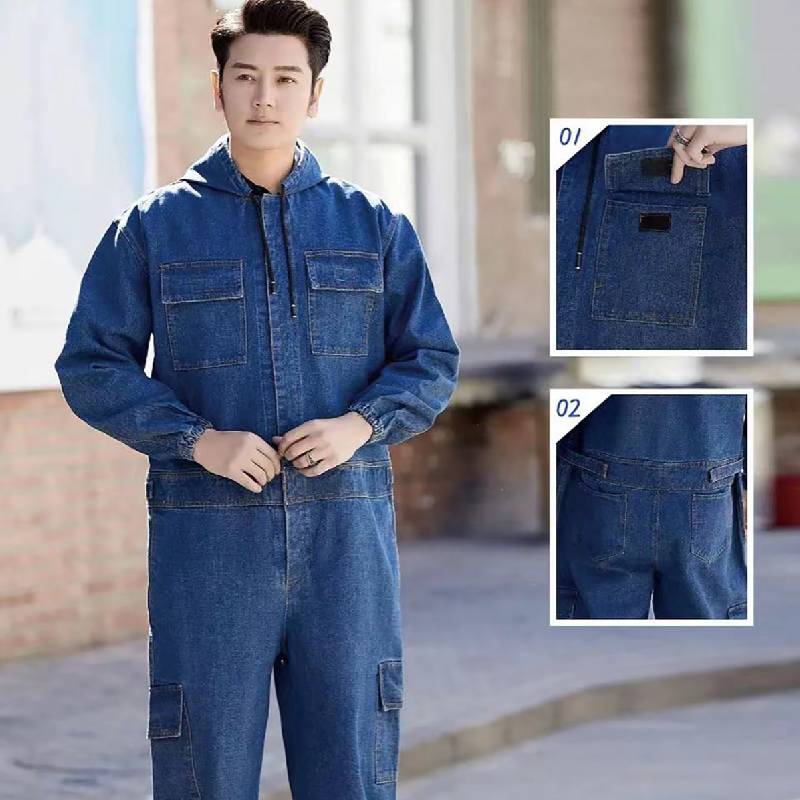- Afrikaans
- Albanian
- Arabic
- Armenian
- Basque
- Belarusian
- Bengali
- Bulgarian
- Croatian
- Czech
- Danish
- Dutch
- English
- Esperanto
- Finnish
- French
- German
- Greek
- Hebrew
- Hindi
- Indonesian
- irish
- Italian
- Japanese
- Javanese
- kazakh
- Rwandese
- Korean
- Kyrgyz
- Latin
- Latvian
- Luxembourgish
- Malay
- Myanmar
- Nepali
- Persian
- Polish
- Portuguese
- Romanian
- Russian
- Serbian
- Slovak
- Spanish
- Swedish
- Tagalog
- Tajik
- Turkish
- Ukrainian
- Uzbek
- Vietnamese
Sep . 23, 2024 22:07 Back to list
Heat Resistant Oil Gloves for Safe Handling in High Temperature Environments
Exploring the Importance of Hot Oil Gloves in Industrial Applications
In various industrial settings, safety is paramount. One often overlooked yet crucial piece of personal protective equipment (PPE) is hot oil gloves. These specialized gloves are designed to protect workers from the dangers associated with handling hot oils, chemicals, and high-temperature materials. With the increasing use of oils and thermal substances in industries such as food processing, automotive, and manufacturing, the demand for effective protective gear has never been higher.
Hot oil gloves are specifically engineered to withstand the extreme temperatures associated with oils during cooking, processing, or machinery operation. Unlike regular gloves that may offer minimal heat resistance, hot oil gloves are constructed from materials such as Kevlar, neoprene, or specialized heat-resistant fabrics that can endure temperatures exceeding 300°F (approximately 150°C). This makes them ideal for environments where workers frequently come into contact with hot oils, minimizing the risks of burns and injuries.
The importance of using hot oil gloves cannot be overstated. Oil burns can be particularly severe and often lead to long-term damage or chronic pain. In addition to physical harm, such injuries can also have significant implications for businesses in terms of lost productivity, medical costs, and potential legal liabilities. By investing in quality hot oil gloves, companies can protect their employees and maintain a safer work environment.
Moreover, hot oil gloves often feature advanced designs that enhance grip and dexterity. As workers manipulate tools, equipment, or hot containers, the ability to maintain a firm grasp is essential. Many hot oil gloves are equipped with textured surfaces, which prevent slipping and ensure a secure hold, thus reducing the likelihood of accidents.
hot oil gloves

In addition to their protective features, hot oil gloves are typically designed for comfort and ease of use. Lightweight materials allow for extended wear without causing discomfort, and many gloves are also designed to be breathable, reducing perspiration and enhancing overall user experience. This is particularly important in high-demand environments where employees may be required to wear PPE for extended periods.
Furthermore, hot oil gloves are not limited to industrial applications alone. They are also valuable in culinary settings, particularly in restaurants and food preparation facilities where chefs frequently work with hot oils and equipment. Culinary professionals rely on these gloves to protect their hands while frying, sautéing, or grilling, ensuring both safety and efficiency in food preparation.
When selecting hot oil gloves, it is essential to consider factors such as heat resistance, material quality, dexterity, and comfort. Organizations should also provide employees with training on the proper use and care of these gloves to maximize their effectiveness and lifespan.
In conclusion, hot oil gloves play a vital role in safeguarding workers from the dangers associated with hot oils and high-temperature substances in various industries. Their protective features, coupled with enhancements in comfort and functionality, make them an essential tool for reducing the risk of burns and injuries. By prioritizing the use of hot oil gloves, companies can foster a culture of safety while ensuring their employees are equipped to handle the challenges of their work environment effectively. Investing in these specialized gloves not only protects workers but also contributes to overall operational efficiency and productivity.
-
Work Reflective Vest: A Silent Guardian of Security
NewsJul.10,2025
-
Vest Reflective Safety: A Safety Lighthouse in Low Light and High Traffic Environments
NewsJul.10,2025
-
Soft Cotton Polo Shirts: A Fashionable and Practical Choice for Multiple Scenarios
NewsJul.10,2025
-
Soft Cotton Polo Shirts: A Fashionable and Practical Choice for Multiple Fields
NewsJul.10,2025
-
Reflective Vest: The Light of Industry and Outdoor Safety Protection
NewsJul.10,2025
-
Polo Shirt: A versatile and fashionable item that can be worn in one outfit
NewsJul.10,2025




